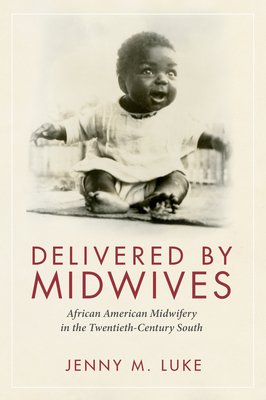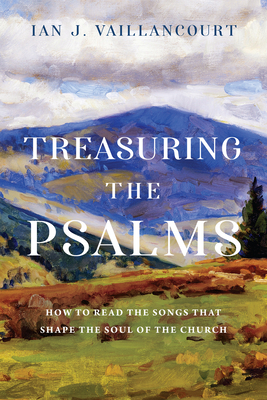
Nelson, Timothy E.
product information
description
that lasted about
thirty years. In this book, Timothy E. Nelson situates the township's story
where it belongs: along the continuum of settlement in Mexico's Northern Frontier.
Dr. Nelson illuminates the set of conscious efforts that helped Black pioneers
develop Blackdom Township into a frontier boomtown. "Blackdom" started as an inherited idea of a nineteenth-century
Afrotopia. The idea of creating a Blackdom was refined within Black
institutions as part of the perpetual movement of Black Colonization. In 1903,
thirteen Black men, encouraged by the 1896 Plessy v. Ferguson decision, formed the Blackdom
Townsite Company and set out to make Blackdom a real place in New Mexico, where
they were outside the reach of Jim Crow laws. Many believed that Blackdom was simply abandoned. However,
new evidence shows that the scheme to build generational wealth continued to
exist throughout the twentieth century in other forms. During Blackdom's boomtimes,
in December 1919, Blackdom Oil Company shifted town business from a
regenerative agricultural community to a more extractive model. Nelson has
uncovered new primary source materials that suggest for Blackdom a newly
discovered third decade. This story has never been fully told or contextualized
until now. Reoriented to Mexico's "northern frontier," one
observes Black ministers, Black military personnel, and Black freemasons who
colonized as part of the transmogrification of Indigenous spaces into the
American West. Nelson's concept of the Afro-Frontier evokes a "Turnerian West,"
but it is also fruitfully understood as a Weberian "Borderland." Its history highlights
a brief period and space that nurtured Black cowboy culture. While Blackdom's
civic presence was not lengthy, its significance--and that of the Afro-Frontier--is
an important window in the history of Afrotopias, Black Consciousness, and the
notion of an American West.
thirty years. In this book, Timothy E. Nelson situates the township's story
where it belongs: along the continuum of settlement in Mexico's Northern Frontier.
Dr. Nelson illuminates the set of conscious efforts that helped Black pioneers
develop Blackdom Township into a frontier boomtown. "Blackdom" started as an inherited idea of a nineteenth-century
Afrotopia. The idea of creating a Blackdom was refined within Black
institutions as part of the perpetual movement of Black Colonization. In 1903,
thirteen Black men, encouraged by the 1896 Plessy v. Ferguson decision, formed the Blackdom
Townsite Company and set out to make Blackdom a real place in New Mexico, where
they were outside the reach of Jim Crow laws. Many believed that Blackdom was simply abandoned. However,
new evidence shows that the scheme to build generational wealth continued to
exist throughout the twentieth century in other forms. During Blackdom's boomtimes,
in December 1919, Blackdom Oil Company shifted town business from a
regenerative agricultural community to a more extractive model. Nelson has
uncovered new primary source materials that suggest for Blackdom a newly
discovered third decade. This story has never been fully told or contextualized
until now. Reoriented to Mexico's "northern frontier," one
observes Black ministers, Black military personnel, and Black freemasons who
colonized as part of the transmogrification of Indigenous spaces into the
American West. Nelson's concept of the Afro-Frontier evokes a "Turnerian West,"
but it is also fruitfully understood as a Weberian "Borderland." Its history highlights
a brief period and space that nurtured Black cowboy culture. While Blackdom's
civic presence was not lengthy, its significance--and that of the Afro-Frontier--is
an important window in the history of Afrotopias, Black Consciousness, and the
notion of an American West.
member goods
No member items were found under this heading.
Return Policy
All sales are final
Shipping
No special shipping considerations available.
Shipping fees determined at checkout.







